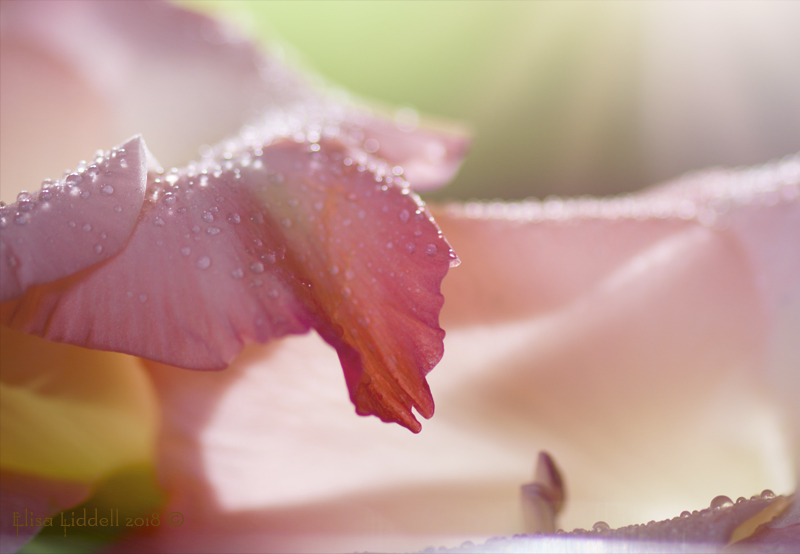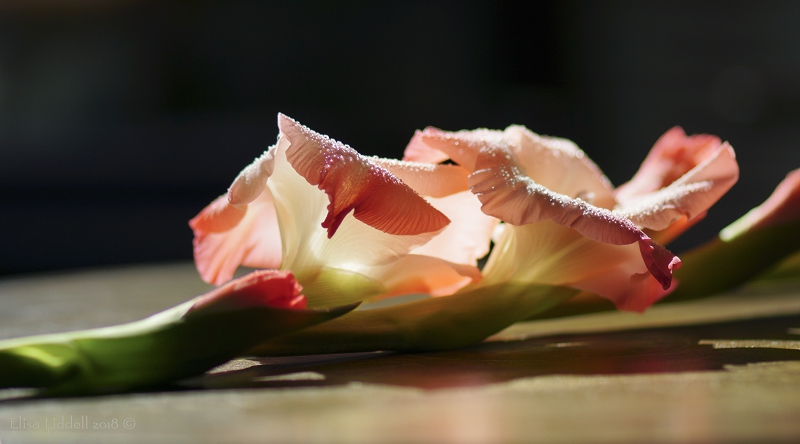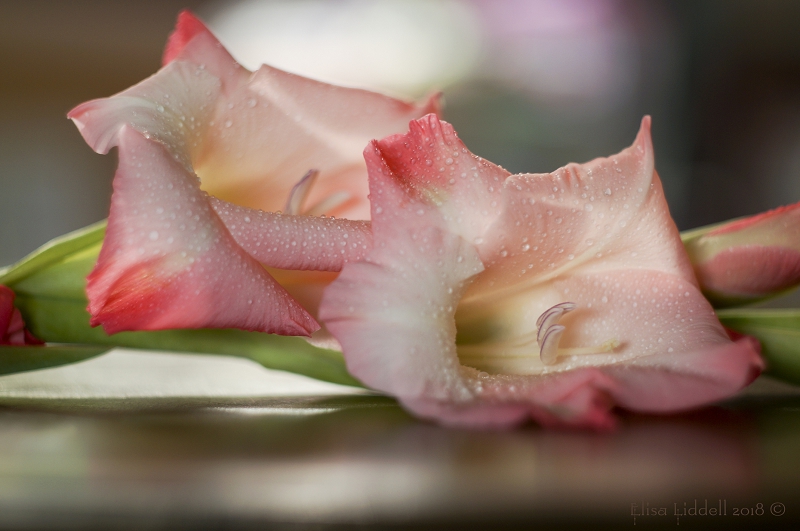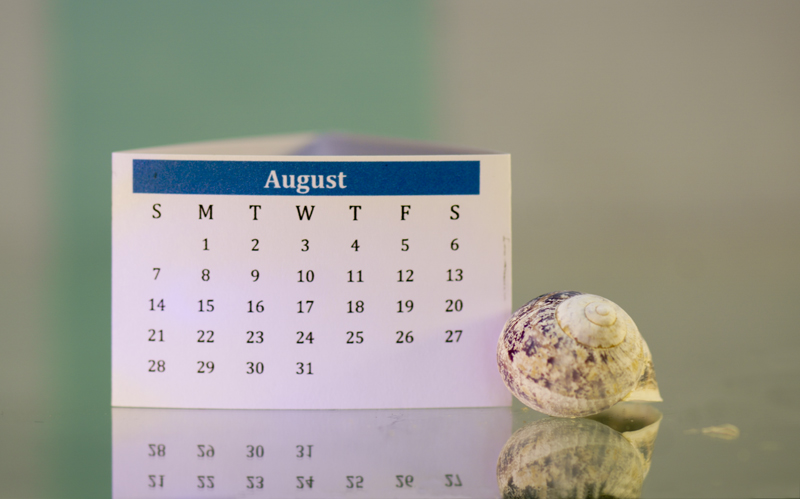
The heatwave that has been dominating the summer across the Mediterranean bringing record-breaking temperatures, drought and wildfires has spread north throughout Europe and finally arrived in the UK. August saw our local Aberdeenshire area feeling just a little effect in comparison, but it was enough for me! according the Wiki
“The 2022 United Kingdom heatwaves were part of several heatwaves across Europe and North Africa. The United Kingdom experienced three heatwaves; the first was for three days in June, the second for three days in July, and the third for six days in August. These were periods of unusually hot weather caused by rising high pressure up from the European continent. There were also more grass fires and wildfires than average, and in August a drought was declared in many regions”.
We found our daily pattern was to move our planters from the overnight shelter of the porch to the patio each morning to catch the shade at the back of the house … and then by late afternoon they were all moved back to the porch as the sun blazed down on the back garden. Chasing the shade cast by the house itself was the name of the game!
Every drop of water we could collect from indoors was used for the planters too. Trying to keep little water pans scattered across the garden for the birds, and putting out apples each day was the best we could do to help the birds.
We had to move the cars to catch a little shade, and open their windows too … as the metal baked. Temperatures outdoors were in the high 30s at some point each day, and overnight didn’t dip below 20c.
Every window and door was open to the max. trying to get some circulation of cooler air. Not very successful as our houses are built and designed with heat retention in mind, not heat dispersal. I slept with just a cotton duvet cover (no duvet inside) and windows as wide open as possible … but sleep was difficult. We ate less, cooked very little and drank lots of water! As August passed and the temperatures moderated we were so grateful … just a taste of what most of Europe was enduring …. but enough for us!
It all meant that at least half the month was spent on dealing with the heat, and little else was accomplished. And we emerged from our brush with the heatwave feeling exhausted and low on sleep! So there wasn’t a great deal of interest to report!
I tried to keep my photography going, with different lenses recording the local scenes.
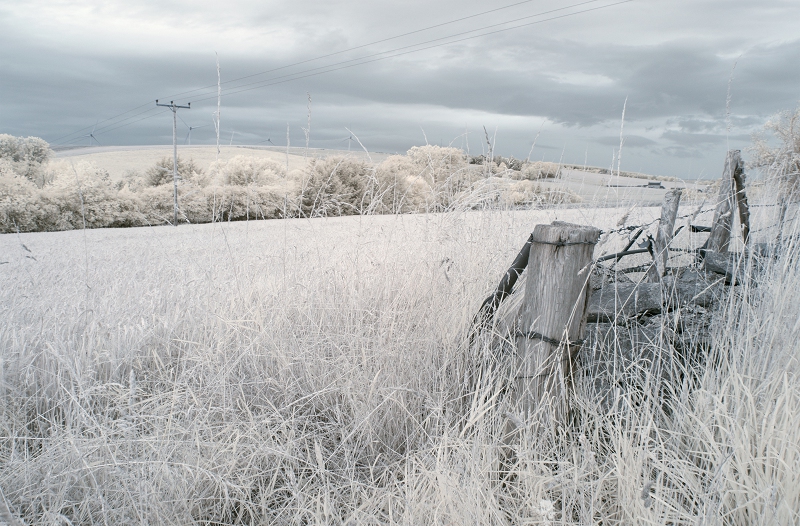
Using my infrared camera here to record the barley field across the road from us. I use infrared mainly for landscape shooting, and like my other landscape lenses it has been little used since the pandemic began!
Looking the other way from the farm gate, back up to the Kirk. The IR filter here is the 720nm, which gives a soft, gentle effect, and allows a little colour to enter the image.
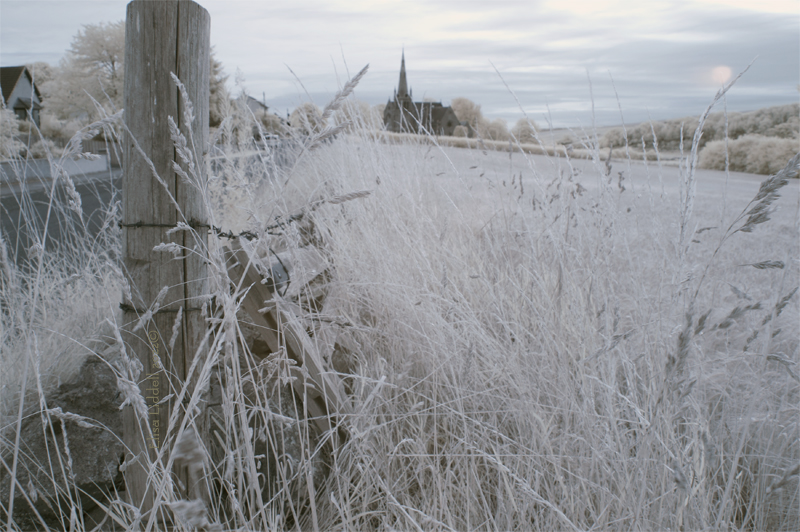
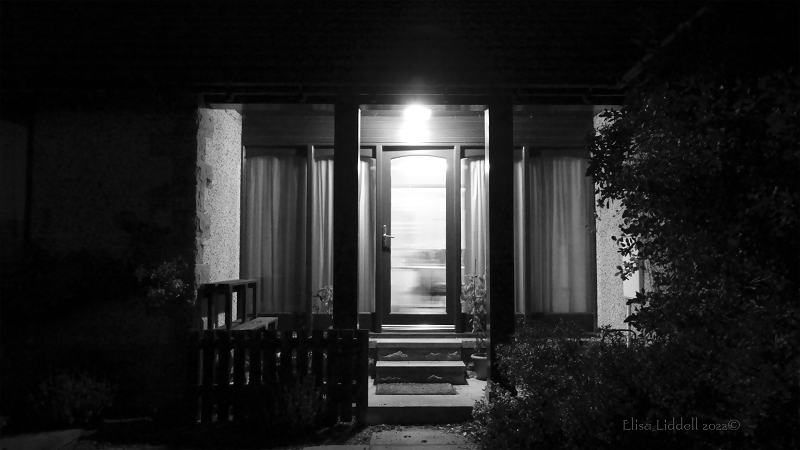
Another way to combat the heat was to shoot at night when things are cooler! Still too hot for comfort, as our windows don’t open very wide. But the front door looks inviting!
One thing I miss is my collection of sun-specs. When my eyesight was 20/20 I had some elegant and unusual sun specs. Now it is one pair of varifocals with light-sensitive lenses. Not quite the same!
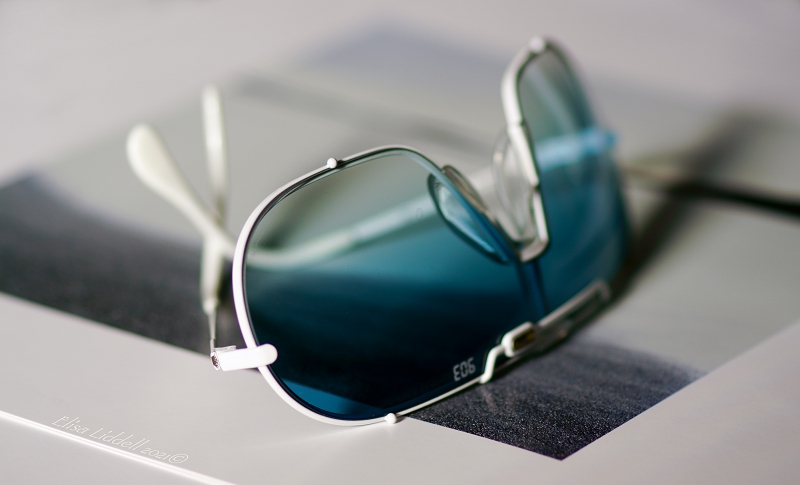
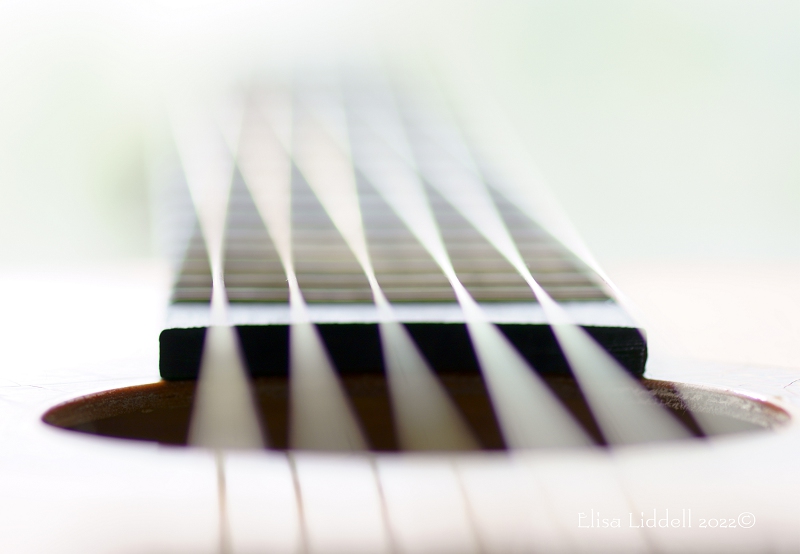
My Flickr groups keep me alert with weekly challenges. Here a macro group asked us to shoot ‘sound’. This is guitar strings in the bright sunlight, seen up close from an unusual perspective.
And another macro shoot brought me close-up to my pink geraniums. As well as keeping them well watered and in the shade, they are also beautiful photography subjects!
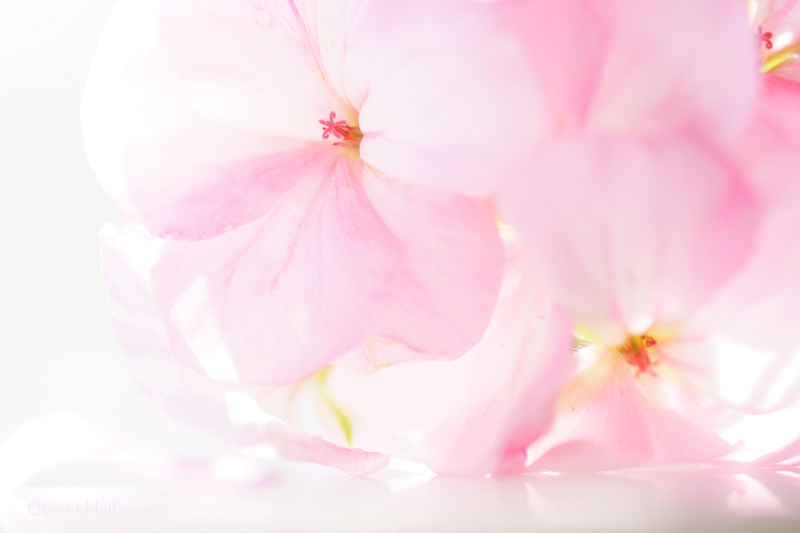

It’s not often I can find agapanthus flowers – these ones came from the supermarket. shooting them is a real challenge, as they have such an amazing flower-head!
One thing that I wanted to do was to celebrate my friend Laurie’s wonderful creative work with Japanese temari balls. While she was here in May she made me two new balls, and the making of one of them is described briefly here. It gives just the smallest hint of the skill and complexity of the art form.
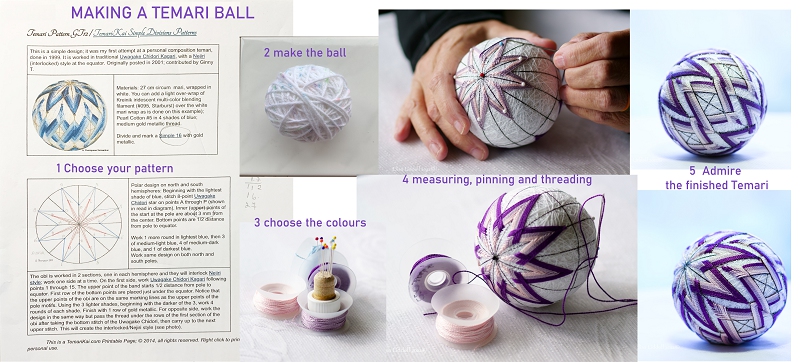
And so on to September, when the world here cools down!
Back to the 2022 Cover page
Back to Notebooks cover
Flickr holds Elisa’s online Photo Gallery
© 2022 Elisa Liddell


